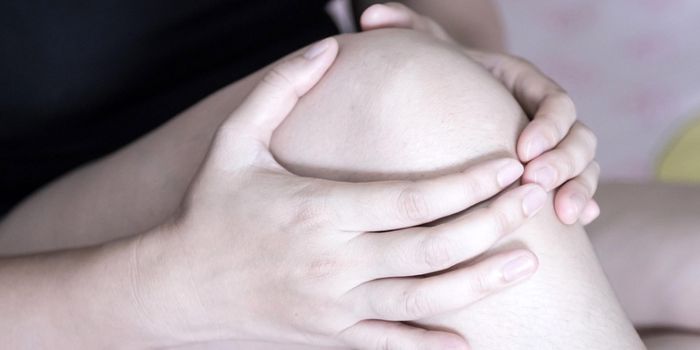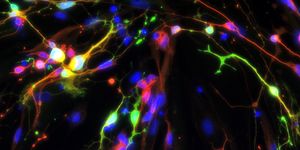Researchers have discovered as many as 1,000 genetic mutations along the autism spectrum. One enzyme that could be responsible for one of them has been isolated by researchers and may have value in treating autism, according to an article published in the journal, Cell, and reported by Seth Augenstein in Drug Discovery & Development (http://www.dddmag.com/news/2015/08/autism-mutation-isolated-could-be-treated-specific-enzyme?et_cid=4723419&et_rid=45505806&type=cta).

As described by the Centers for Disease Control (CDC), autism spectrum disorder (ASD) is a group of developmental disabilities that can cause significant social, communication and behavioral challenges. The estimated number of children identified with autism spectrum disorder (ASD) continues to rise and is most recently estimated at 1 in 68 children. CDC also says that it costs about $17,000 more per year to care for a child with ASD, as compared to a child without ASD. Costs include health care, education, ASD-related therapy, family-coordinated services and caregiver time. Societal costs of caring for children with ASD were over $9 billion in 2011 (http://www.cdc.gov/ncbddd/autism/facts.html).
According to Mark Zylka, an associate professor of cell biology and physiology at the University of North Carolina School of Medicine, "Genetic studies are showing that there will be about 1,000 genes linked to autism. This means you could mutate any one of them and get the disorder. We found how one of these mutations works."
While the enzyme UBE3A is tightly regulated in neurons during the development in normal brains, a mutation destroys the regulatory switch. That, in turn, causes autism when the enzyme becomes hyperactive, the UNC scientists explained. The team showed how the UBE3A mutation works in human cells taken from a child with autism. The researchers described the dendritic spines forming on the neurons of those cells as "a telltale sign of autism."
The mutation is on the 15q chromosome, encompassing the UBE3A and related genes. It is, according to the researchers, one of the most-commonly seen alterations in autistic DNA. The mutation is called Dup15q.
The researchers also tested treatment of the mutation in the human cells with Rolipram, "a drug that was developed to treat depression but was discontinued because of side effects in clinical trials." The drug was found to boost protein kinase A (PKA), which regulated the UBE3A, they found.
According to Zylka, "We think it may be possible to tamp down UBE3A in Dup15q patients to restore normal levels of enzyme activity in the brain. In fact, we tested known compounds and showed that two of them substantially reduced UBE3A activity in neurons. The benefits might outweigh the risks."
This could be the start of investigations into the complexities and potential treatments of the autism spectrum. A Columbia University study published in December in Nature Neuroscience estimated the number of mutations that make up the full known spectrum. For 10 years, the Autism Genome Project has been catalogued the varieties of these mutations. In May, a team of researchers at the University at Buffalo found another genetic mutation called Shank3, which could possibly be reversed.









